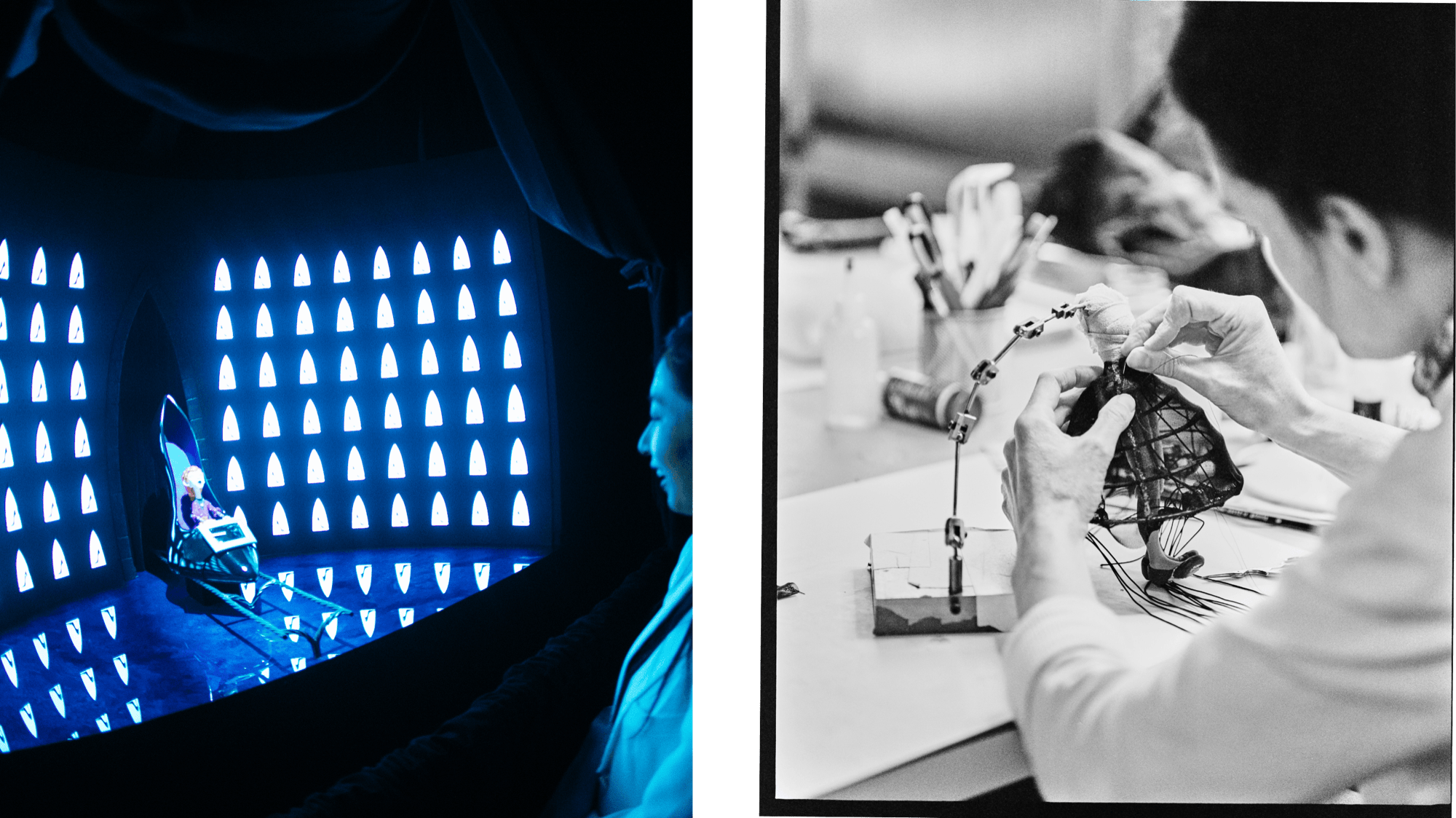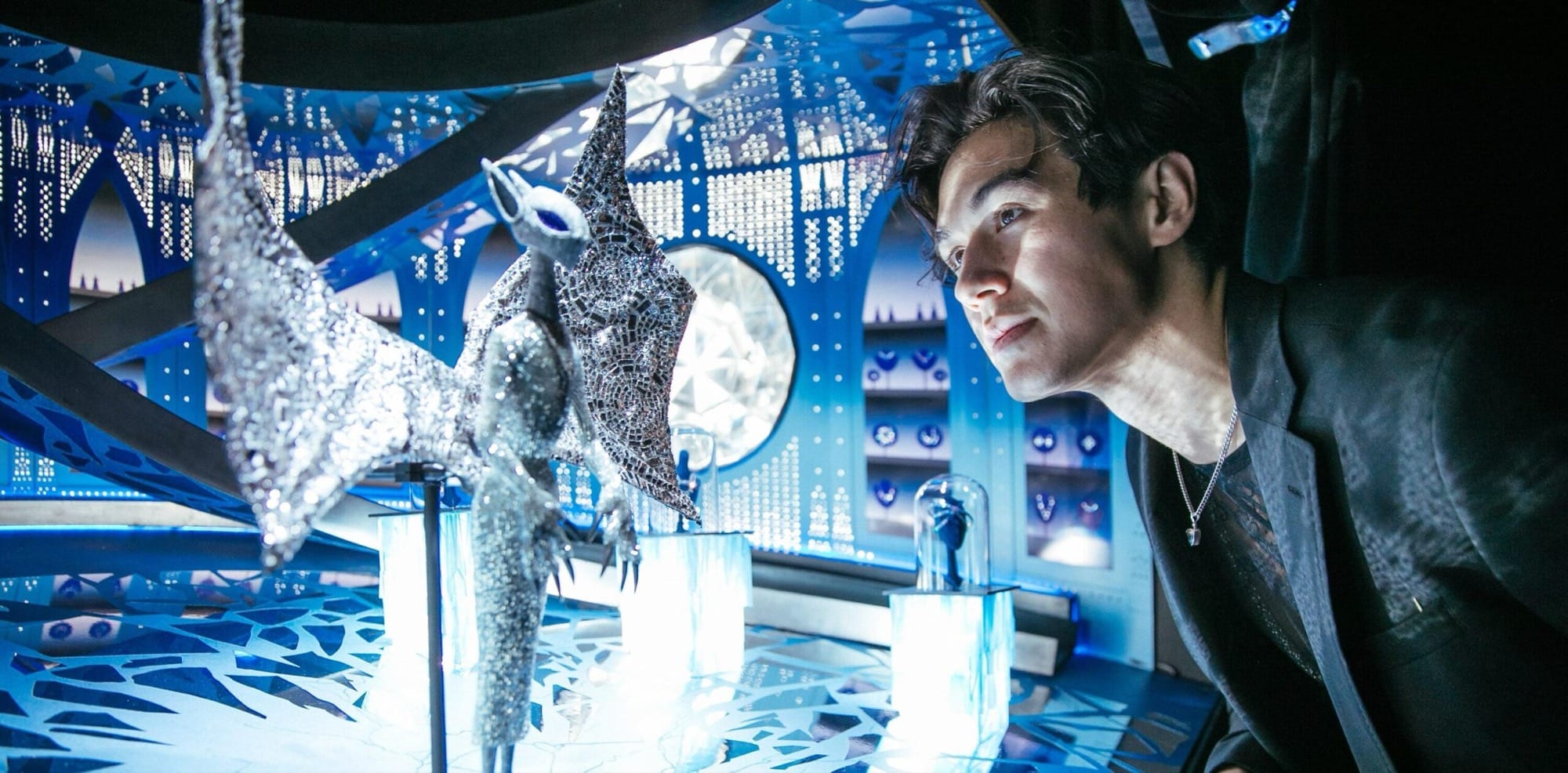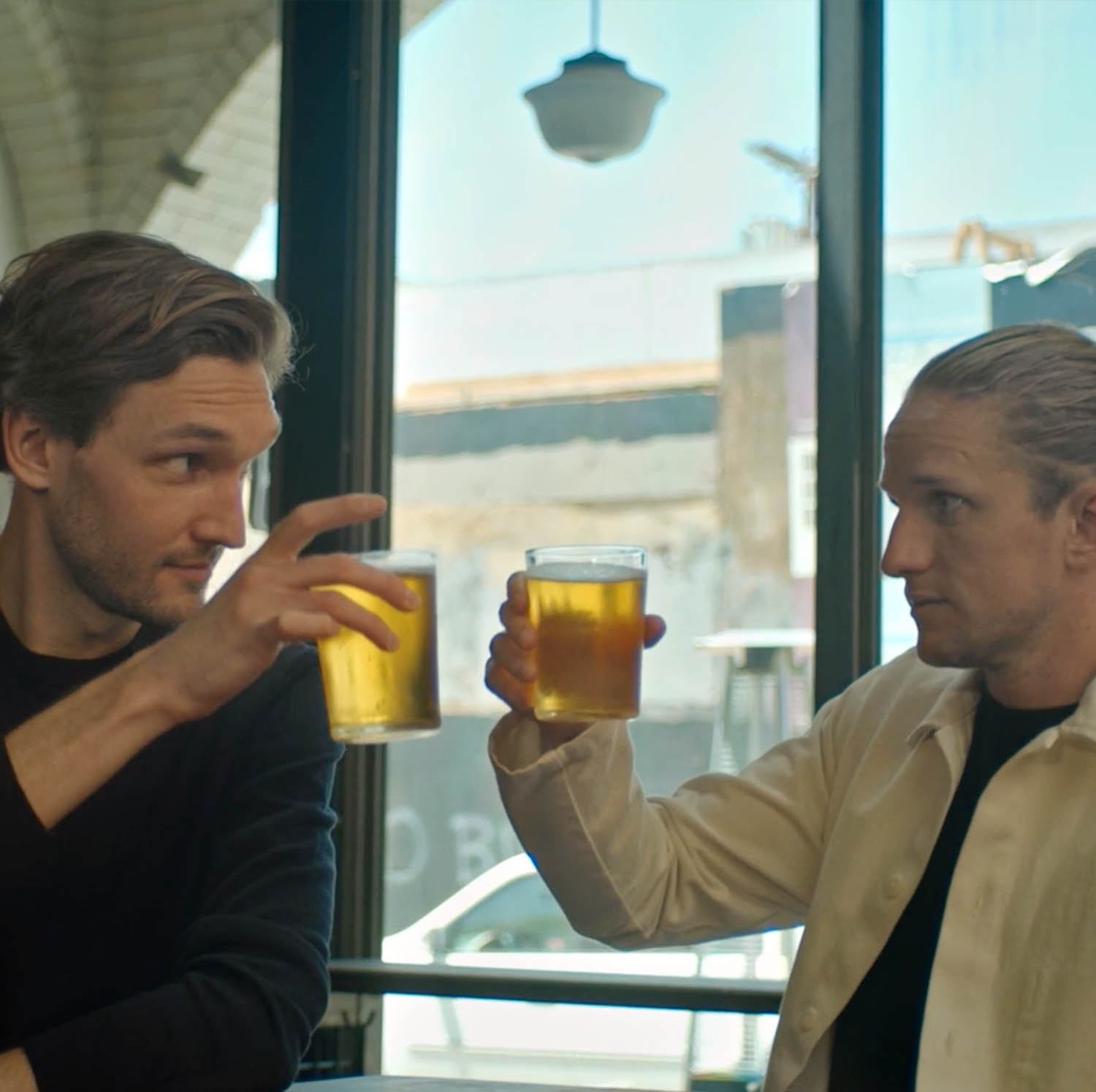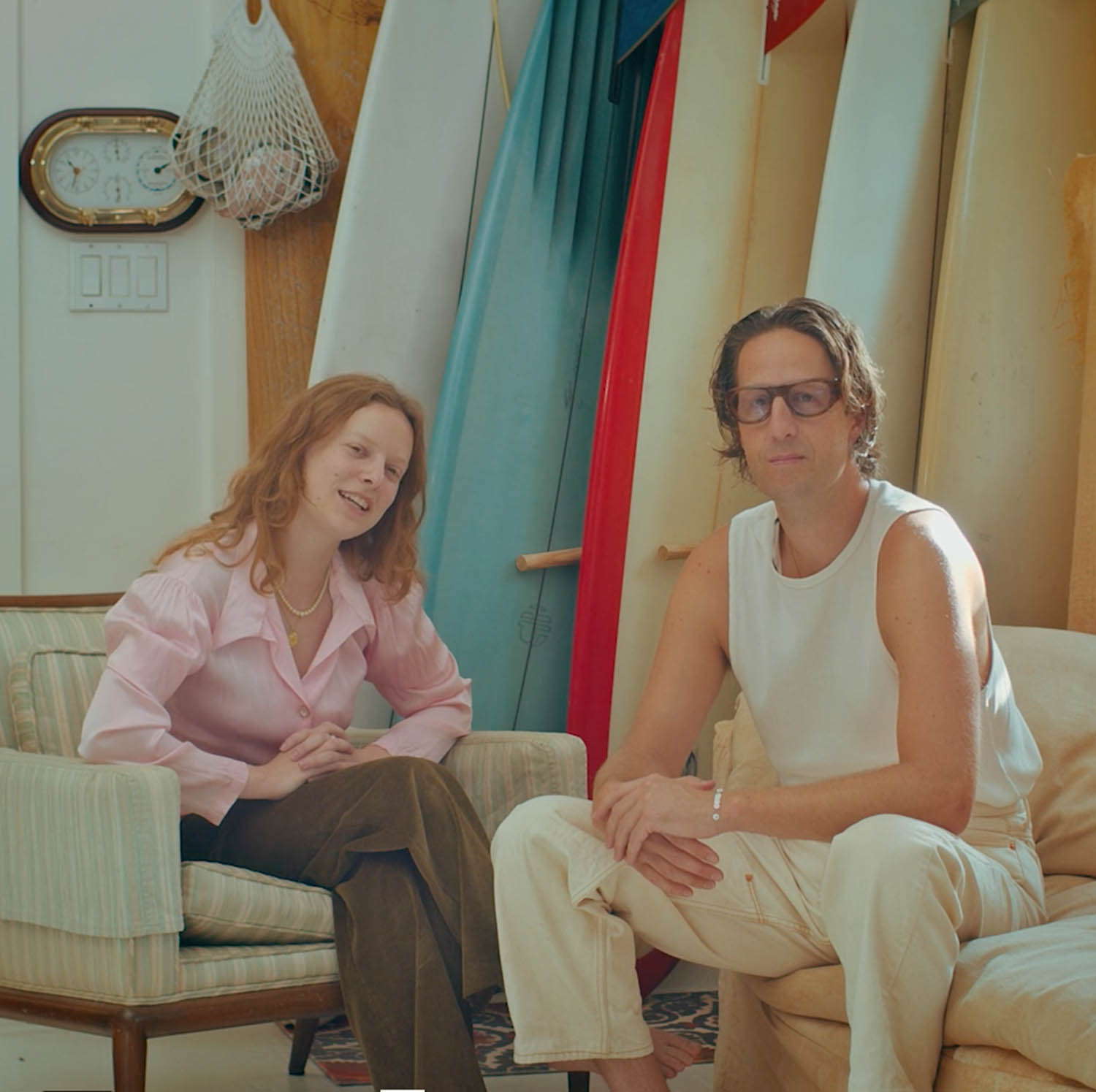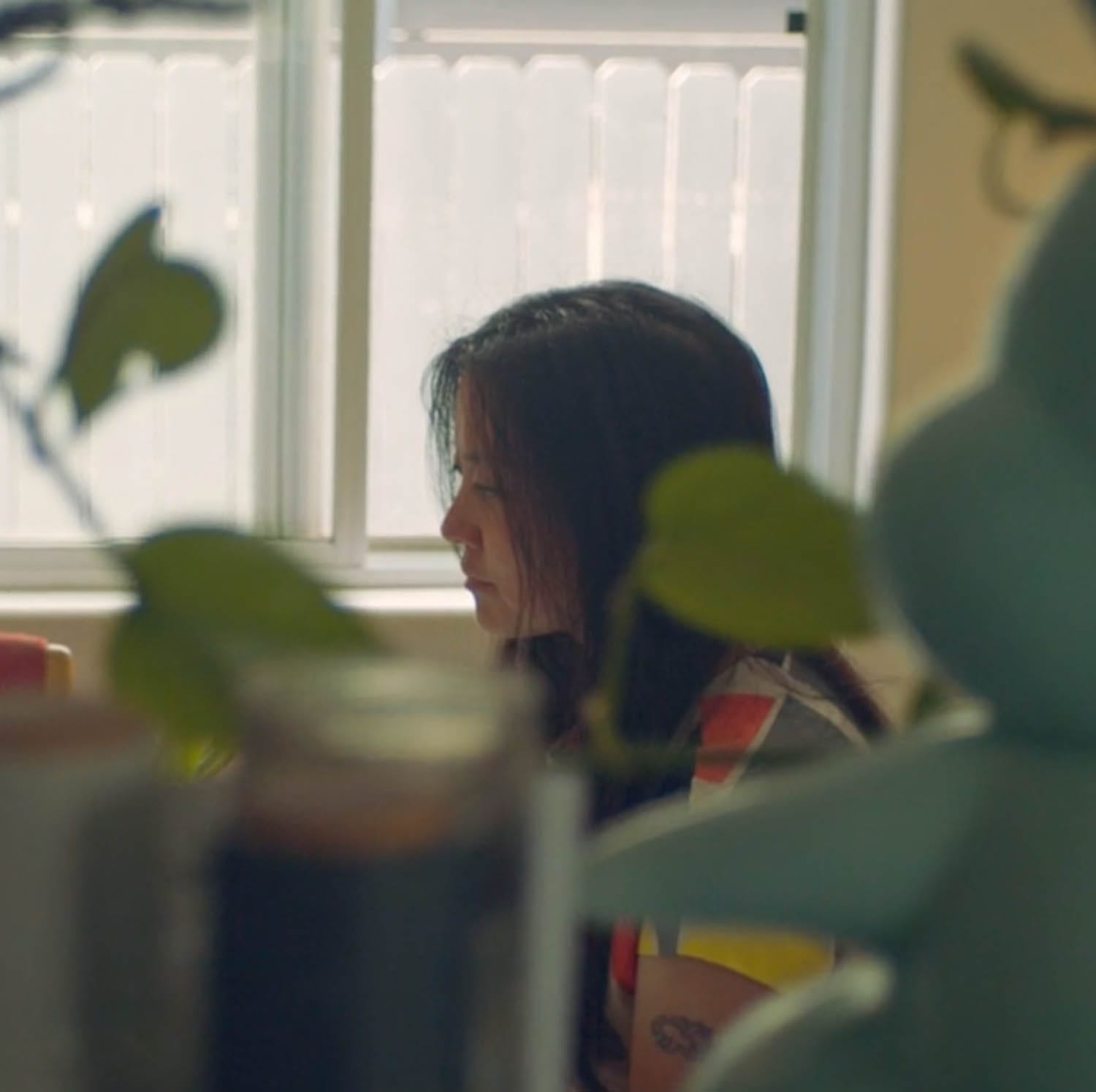Following the premiere of his Halloween short Brim Broome Boulevard at NeueHouse Madison Square, writer-director PJ Magerko Liquorice shares the inspirations behind the film, his thoughts on pushing artistic boundaries, and the power of costume as both disguise and revelation.
—
NEUEJOURNAL:
What inspired the story of Brim Broome Boulevard? PJ, you told Vogue the film was
partially informed by your own life experiences. Tell us a little bit about what pulled you
toward making the film.
PJ MAGERKO LIQUORICE:
I wanted to create a short film that harkened to holiday traditions, especially the seasonal
sacred screenings of cult classics. Halloween is my favorite holiday and time of year given the
mystery and magical qualities to it. My parents created the most magical spooky seasons for
me during my childhood.
This story has always been brewing with me, but it especially bubbled up during my time
working a seasonal job at Abracadabra New York in 2016. I definitely didn’t imagine myself
working there after graduating Tisch a few months earlier, but it was a blessing because I was
able to be surrounded by my favorite holiday everyday and interact with some very interesting
customers in their search for their costumed personas.
It was also quite humbling to rent out costumes to some of my peers who recognized me from
NYU. I felt such a power in guiding customers on their journey of catharsis through costume.
Pat Cleveland once told me during a dinner in discussing roles of service, “to serve is to rule.”
In a way, that’s part of the inspiration for the shopkeeper, the owner of Brim Broome Boulevard.
The visuals and the feeling evoked in BBB is especially strong because we truly combined the
worlds of stop-motion filmmaking and fashion. We collaborated with some of the worlds skilled
stop-motion artisans in Portland, OR at HouseSpecial. We also worked with notable names in
fashion as consultants such as Bob Recine, Lochie Stonehouse and Philipp Haemmerle.
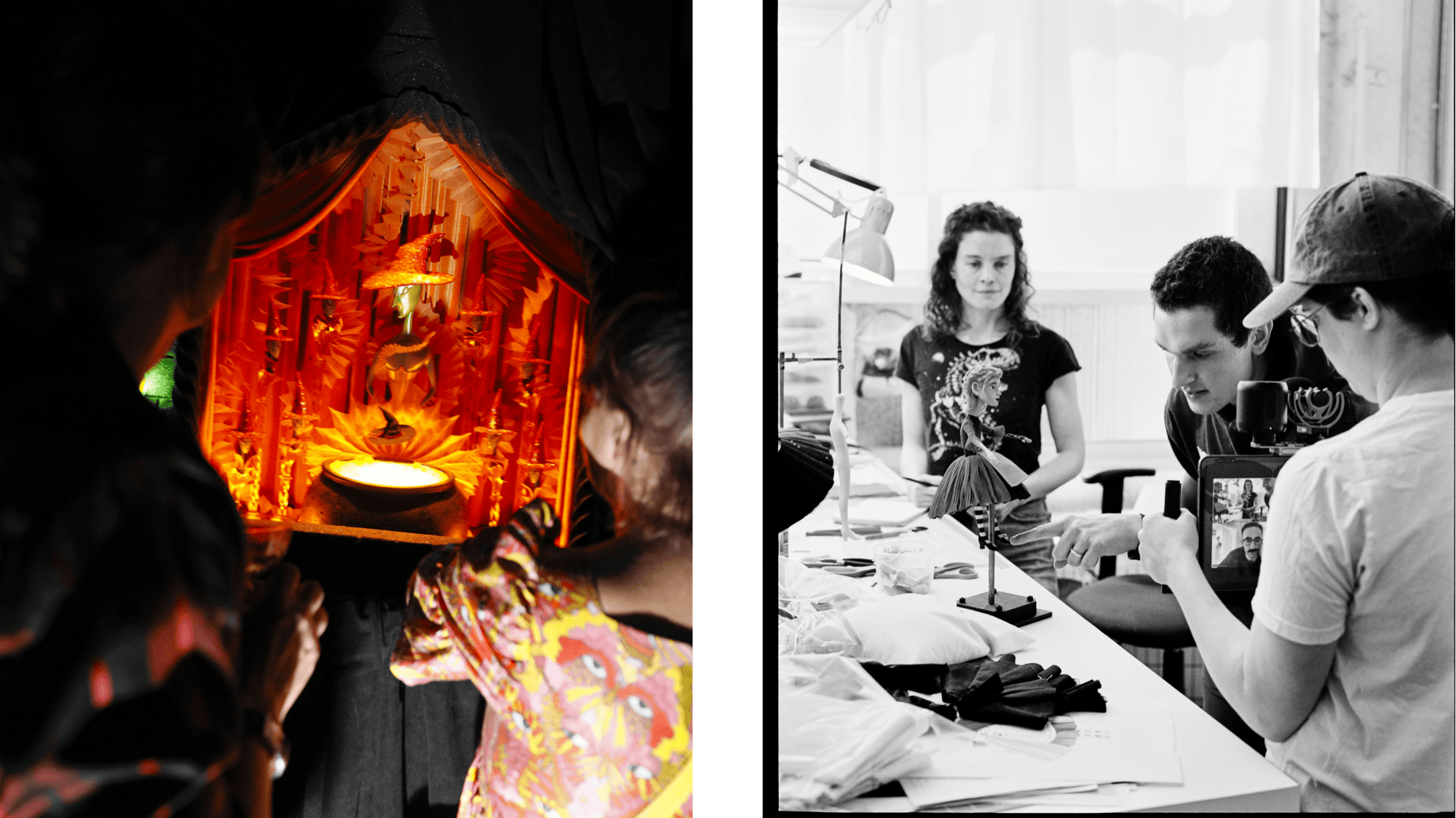
NEUEJOURNAL: What do you hope people get out of watching the film?
PJ MAGERKO LIQUORICE:
There are two intentions here. One is the more palatable purpose of giving the viewer a warm
hug, the feeling that so many Halloween films do so well. The other begs a deeper question,
“what do you dare to wear and at what cost?” Costume and clothing can appear superficial and
harmless, but is it? Why are drag queens and trans people being killed because of how they
“present” themselves? Women are applauded for wearing pantsuits as a “power-move”, but
why are men degraded for wearing dresses because they are sometimes perceived to be “emasculating” themselves? Henceforth, the potent words from Jasper after his transformation,
“the price you pay to be yourself can be scary, but it also sets you free!”
NEUEJOURNAL:
The costumes for the puppets in the short were designed by Wiederhoeft, a fashion
house known for their distinctive runway shows and their focus on narrative storytelling.
What was it like working with them for the film?
PJ MAGERKO LIQUORICE:
In 2013, I gravitated to Jackson when I was at Parsons before I transferred to NYU. He was
wearing a vintage Halloween t-shirt in May and I was drawn to him immediately. We both have a
similar lexicon in all things satirical, sartorial and spooky. I’m able to speak with Jackson in a
short and cryptic way with few random adjectives and he and his team are able to execute to
the highest degree imaginable. Like most of us approaching this project as our first foray into
stop-motion animation, we all realized very quick how astonishing and layered the process is to
witness the animation and puppet departments working together from sculpt to armature to
final costuming and fabrication. The brand pillars of Wiederhoeft combine so many elements
that the costumes needed to be; eerie, elegant and exquisite. The hallmarks of the Wiederhoeft
are seen throughout the short film in the corsetry and embroidery.
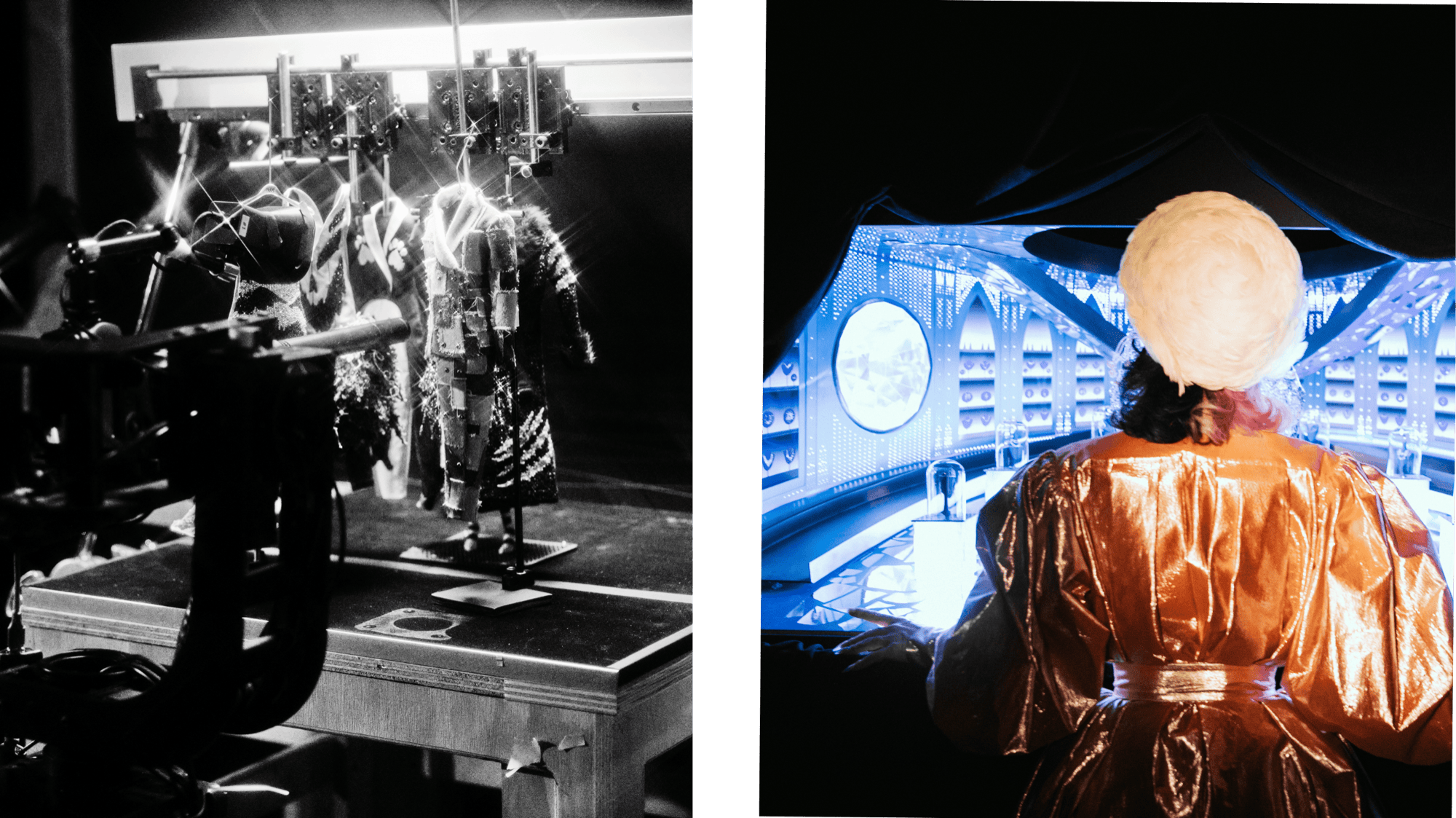
NEUEJOURNAL: The film is done with stop-motion — a notoriously meticulous, time- and labor-
intensive animation process. Tell us about that process and decision.
PJ MAGERKO LIQUORICE:
Since the world of the short film is so focused on the exploration of costumes in a luxurious
department store it made sense to make something tactical and tangible with stop-motion. I
wanted to highlight a craft that is so micro and make it macro. We all knew going into it that it’d
be time consuming. The challenges were embracing the slow but important phases of research
and development, but given the nuances of BBB, we’re all very proud of the work we made
together. I vividly remember The Nightmare Before Christmas DVD and the impactful behind-
the-scenes glimpse into the production. Creating a stop-motion film was always a goal for me.
This is just the beginning
You worked on the short with animator Anthony Scott, who has worked on genre classics
including Coraline, The Nightmare Before Christmas, and The Corpse Bride. Did any of these
works influence the short? Any other inspirations?
Yes! My love and fascination for the work and world-building of animators and puppeteers goes
back to legends like Rankin and Bass and Sid and Marty Krofft. Other inspirations include folklore, urban legends, costume catalogs and the Fantasy Gifts from the Neiman Marcus Christmas Book.
What art or other creative work is inspiring you right now?
The art of food, the work of Paris Starn, and the strategy behind the smoothie collaborations at Erewhon.
